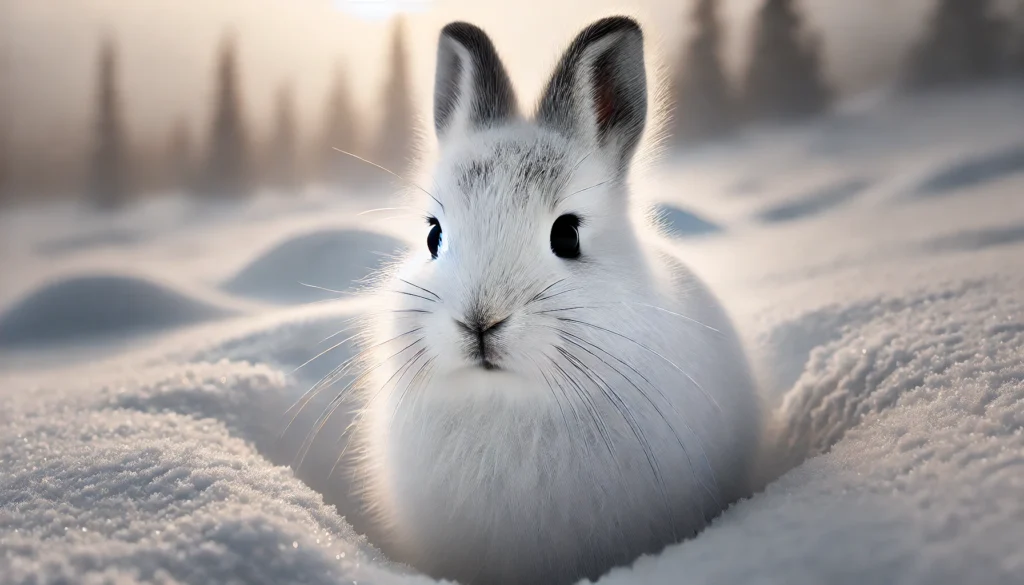In the complex web of life on Earth, no relationship is more crucial than the one between predator and prey. The dynamics of predator-prey relationships in ecosystems play a pivotal role in shaping biodiversity, population control, and ecological balance. But what exactly are these dynamics, and why are they so essential to the health of ecosystems?
Whether you’re observing a lion stalking a gazelle on the African savannah or a hawk circling above a rabbit in the wilderness, predator-prey interactions are everywhere. But these dramatic chases only scratch the surface of the intricate dance that maintains ecological balance. In this blog, we’ll dive into the fascinating world of predator-prey relationships and how these interactions sustain the ecosystems we depend on.
The Predator-Prey Relationship: A Delicate Balance
Predator-prey relationships aren’t just about one animal hunting another. They are a complex, symbiotic interaction that keeps ecosystems in check. Predators help regulate prey populations, preventing overpopulation that could lead to resource depletion. In turn, prey species often evolve survival strategies, leading to a dynamic evolutionary arms race.
Take the classic example of the lynx and the snowshoe hare in the boreal forests of North America. This predator-prey relationship is so interdependent that scientists have documented predictable population cycles. As hare populations increase, so do lynx populations. However, as lynx numbers rise, hare populations begin to drop due to predation. This decline in prey subsequently causes the predator population to fall as well, showcasing the fine-tuned balance between predator and prey.
The Role of Predators in Ecosystem Health
Predators play a critical role in maintaining the health of an ecosystem. They often target the weak, old, or sick individuals within prey populations, ensuring that only the fittest survive and reproduce. This not only strengthens the gene pool but also prevents diseases from spreading rapidly among prey species.
One striking example of this is the reintroduction of wolves to Yellowstone National Park in the United States. Before their reintroduction, elk populations had grown uncontrollably, leading to overgrazing and the destruction of vegetation. When wolves were brought back into the ecosystem, they kept elk populations in check, allowing plant life to recover. This had a cascading effect: beaver populations grew due to more trees available for dam building, and birds and fish flourished as streams regained stability.

Prey Defense Mechanisms: Adapting to Survive
Prey species have evolved a wide array of defence mechanisms to avoid becoming lunch. Some animals rely on camouflage, blending into their surroundings to avoid detection. Others develop speed, agility, or even the ability to produce toxins.
Consider the gazelle, a favourite target for predators like cheetahs and lions. Gazelles have developed incredible speed and agility, zig-zagging to escape predators. On the other hand, certain species, like the poison dart frog, use chemical warfare, secreting toxins that make them unappealing or lethal to predators.
The Predator-Prey Evolutionary Arms Race
The interaction between predator and prey often leads to an evolutionary arms race, where both sides are constantly evolving to outdo the other. As predators develop sharper claws, stronger jaws, or faster speeds, prey species evolve better defences, whether physical, behavioural, or chemical.
An intriguing example is the interaction between the rough-skinned newt and the common garter snake in North America. The newt produces a potent toxin, tetrodotoxin, which can paralyze or kill most predators. However, the garter snake has evolved resistance to this toxin, allowing it to prey on the newt. But in response, the newts have evolved to produce even more potent levels of the toxin, illustrating the ongoing evolutionary struggle between predator and prey.
Human Impact on Predator-Prey Dynamics
Human activities have significantly disrupted predator-prey relationships. Habitat destruction, pollution, and climate change are altering the landscapes where these interactions take place. Overfishing, for example, can decimate predator populations, causing prey species to explode in numbers and leading to ecosystem imbalance.
A stark example of this is the overfishing of sharks in the world’s oceans. As apex predators, sharks regulate the populations of fish and other marine species. Without enough sharks, species like jellyfish can proliferate, disrupting marine ecosystems and impacting the fishing industry.
Additionally, the spread of urban areas has fragmented habitats, reducing the space available for predators to hunt. As a result, prey populations like deer and rodents may grow unchecked in certain regions, leading to overgrazing or the spread of disease-carrying ticks and other pests.
Conclusion
Predator-prey relationships are a cornerstone of ecological balance. Without predators, prey populations would skyrocket, leading to resource depletion and potential ecosystem collapse. Similarly, without prey, predators would face starvation, disrupting the entire food web. This delicate balance keeps ecosystems healthy, fostering biodiversity and ensuring the survival of countless species.
As humans, we have a responsibility to protect these dynamics by conserving natural habitats and reducing our impact on ecosystems. After all, the health of our planet depends on the stability of predator-prey relationships, even if we don’t always see it firsthand.
Author’s Note
Understanding predator-prey dynamics helps us appreciate the natural balance in ecosystems. As we move toward sustainable living, protecting these relationships becomes crucial for the long-term health of our planet. Let’s continue to support conservation efforts and advocate for the preservation of our natural world.
G.C., Ecosociosphere contributor.
References and Further Reading
- National Geographic: Predator-Prey Dynamics
- Estimating leopard density across the highly modified human-dominated landscape of the Western Cape, South Africa. https://repository.uwc.ac.za/xmlui/handle/10566/7088
- Inspiring Videos at the Art/Nature interface – Re-imaginary. https://www.reimaginary.com/resources/videos-art-nature
- ᐅ Do Foxes Eat Bunnies? | Toxic or Healthy. https://whatanimalseat.com/do-foxes-eat-bunnies/





Comments
Your articles never fail to captivate me. Each one is a testament to your expertise and dedication to your craft. Thank you for sharing your wisdom with the world.